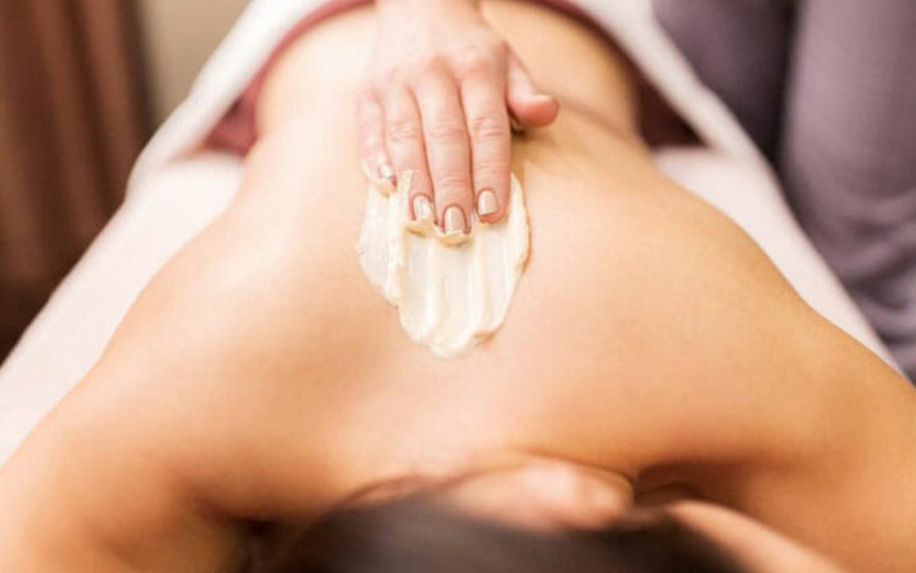The skin we wear is much more than a decorative layer to cover our muscles and bones. It protects us from the dangers of the outside environment and shows signs that we’re not feeling our best — dark circles around the eyes when we’re tired, and rashes from having an allergic reaction.
Having a bad reaction to beauty products is all too common. From harsh chemicals and additives to scents and textures, our skin will show us what doesn’t agree with our system. Everyone reacts differently — some skin types are more sensitive than others — therefore, it is useful to understand the basics of the three main layers of skin.

Knowing The Layers of The Skin
The Epidermis: this is the first layer and is seen from the outside. The epidermis provides waterproofing and a barrier against infection, receptors for the sensations of touch and pressure, melanocytes which determine skin color, and the very tops of the sensory nerve endings.
The Dermis: is comprised of thick connective tissue made up of collagen, elastic and reticular fibers, lymphatic and blood vessels, and millions of nerve roadways. It also includes sweat glands, sebaceous glands, and hair follicles.
The Hypodermis: the final layer is known as the hypodermis or subcutis. The hypodermis is comprised of adipocytes, macrophages, and fibroblasts — all essential parts of the skins immune system. It is worth mentioning that the hypodermis also contains numerous vessels and nerve fibers.
Scientists have discovered new things about skin and cannabis. They’ve revealed that cannabinoid receptors in the brain can be activated by ingesting cannabis.
Though cannabinoid functions remain mysterious, the evidence seems to indicate that the receptors have a significant role to play in self-healing and regeneration. Thanks to CBD spearheading the movement, a better understanding has been established, and cannabis legalization continues to spread across America.
CBD for Skin
Recent studies have determined that there are cannabinoid receptors inside individual organs including the skin. These receptors, their parts, and pathways are collectively known as the ECS (or the endocannabinoid system).
This research highlights the regulatory function of the ECS within the various cell types of the skin and its involvement in pathological skin disorders. With the use of CBD products, it could help with skin conditions like eczema and acne.
CBD is known to help with inflammation, redness, reduce the appearance of wrinkles, and discoloration of the skin. Because of this, companies in the beauty industry have been grabbing the opportunity to create CBD beauty products.
Big beauty brands like Sephora and Saks have their own category, selling a variety of products as CBD consumerism continues to grow. So far, there’s already face creams, anti-aging moisturizers, eye creams, primers, serums, and face oils to choose from — and the list is only growing, with some experts predicting that the CBD market could reach a total of $22 billion dollars by 2022.
Our skins varies from person to person, and some take care of theirs more than others. As it is, CBD beauty products show no major side effects on the skin. As more companies begin selling and experimenting with new ways to incorporate CBD into skincare and beauty products, the public will be the best source to know if it’s effective or not.
